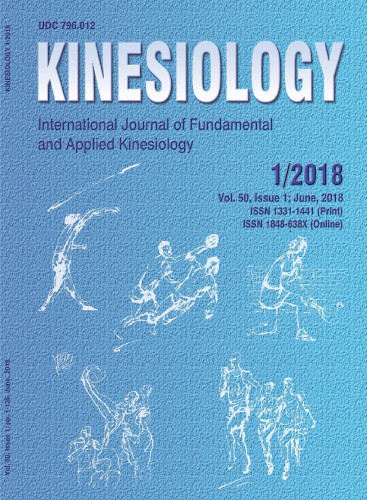The aim of the study was to investigate the effects of highly cushioned shoes on running biomechanics. Sixteen recreational runners (8 males, 8 females) participated and ran at a self-selected pace across the force platform in the research laboratory wearing either the standard or highly cushioned shoes, in randomized order. Impact peak (IP), loading rate to IP (LR), active peak (AP), contact time (CT), strike index (SI), running velocity, and knee and ankle kinematics at initial contact (IC) and AP were recorded during the running trials. Overall, there was no effect of footwear on IP, LR, AP, CT and velocity (p>.05) with smalleffect sizes (ES<0.2). The highly cushioned shoes resulted in a more anterior foot strike pattern, based on the slightly higher SI (p=.03, ES=0.5), although the runners demonstrated a rearfoot strike pattern regardless of shoe condition. No kinematic differences were observed at IC or AP, across shoe conditions (p>.05). Our results indicate that the highly cushioned shoes did not show immediate changes in running biomechanics.
Sažetak

 Kinesiology : 50,1(2018) / editor-in-chief Dragan Milanović.
Kinesiology : 50,1(2018) / editor-in-chief Dragan Milanović.